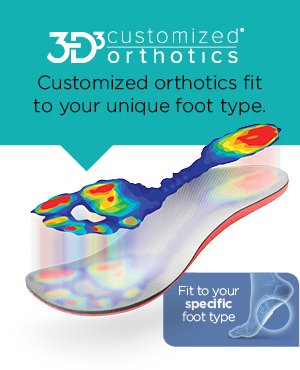Cold Feet
Related Conditions:
Your body needs the right amount of blood flow to keep your heart pumping, your legs moving and your brain functioning. Blood
circulation, the movement of blood throughout the body, is clearly crucial to your existence, and poor leg circulation can cause many problems
for individuals.
Causes:
A common cause of poor leg circulation – restricted blood flow to your legs – is peripheral vascular disease, or PVD. This term refers to disorders involving blood vessels outside, or on the periphery, of the heart. PVD can involve peripheral arteries (blood vessels that carry blood away from the heart) or peripheral veins (blood vessels that carry blood toward the heart).
Waterproof Shoes / Boots PAD. A fatty substance called plaque builds up and hardens on the walls of the peripheral arteries, making it difficult for blood to properly flow through. The plaque takes years to build up, which is why older adults are more at risk.
Back to login:
- Tobacco smoking
- Obesity
- Lack of exercise
- Improper diet
- High blood pressure
- High cholesterol
- Diabetes
- Certain nerve and thyroid conditions
- Pregnancy
- Long periods of sitting in a cramped and immobile position (Thick Yellow Toenails)
Symptoms:
If you have poor leg circulation, symptoms usually develop gradually.
- In the early stages, you may experience cramping or fatigue in the legs, buttocks or feet during activity. The pain, whether it's leg pain, lower leg pain or foot pain, usually diminishes with rest, but will reoccur.
- Back to login.
- If you have poor leg circulation, symptoms usually develop gradually
The most important treatment for poor leg circulation is to address the risk factors
of time. - In addition, you can incur such symptoms as 'cold feet,' or feet that 'fall asleep.'
Frequent suffering with cold feet and/or cold hands usually signifies that your circulation, or blood flow from your heart, has slowed. This may especially happen at night when you are trying to sleep, during periods of immobility or after eating certain foods.
People who have very poor leg circulation may also develop a blood clot, a sudden blockage in blood that can cause severe leg pain. This blood clot, known as deep vein thrombosis (DVT), develops in a deep vein, and can occur when a vein is damaged or if blood flow slows down or stops completely. If you're obese and/or over age 40, you're at particular risk
for DVT.
Relief and Prevention:
Good circulation ensures that your body can stay healthy, heal well, and properly function during daily activities.
The most important treatment for poor leg circulation is to address the risk factors:
- Avoid cigarette smoking.
- Health Resource Center.
- Back to login.
- M-F: 9:00 AM - 8:30 PM EST.
- Consider special exercise equipment, products and shoe wear that promotes circulation, such as a bed wedge or leg wedge.
- Keep moving – avoid staying immobile for long periods of time.
- Leg Length Discrepancy.
- Wear graduated compression hosiery and socks that help stimulate circulation.

